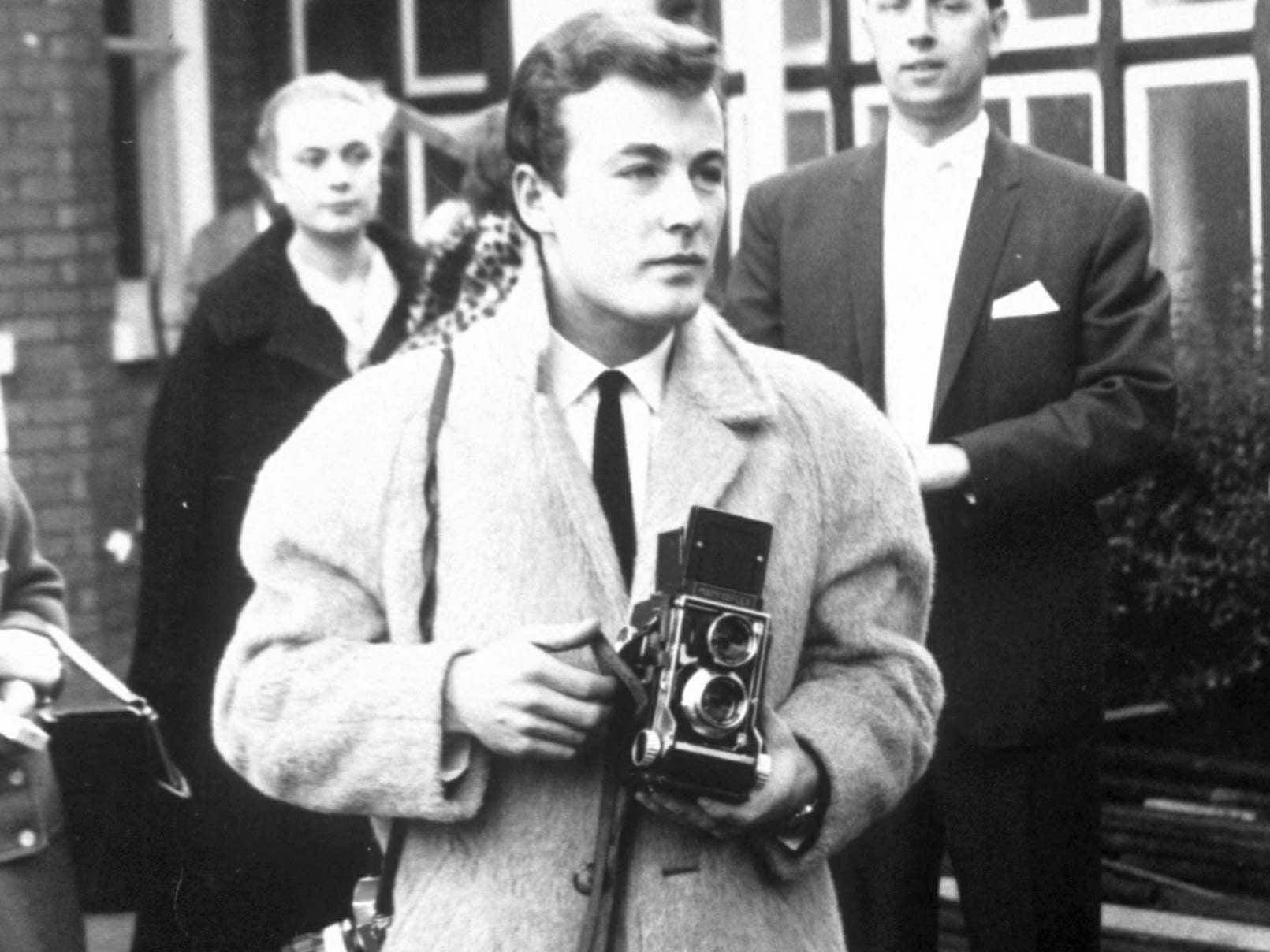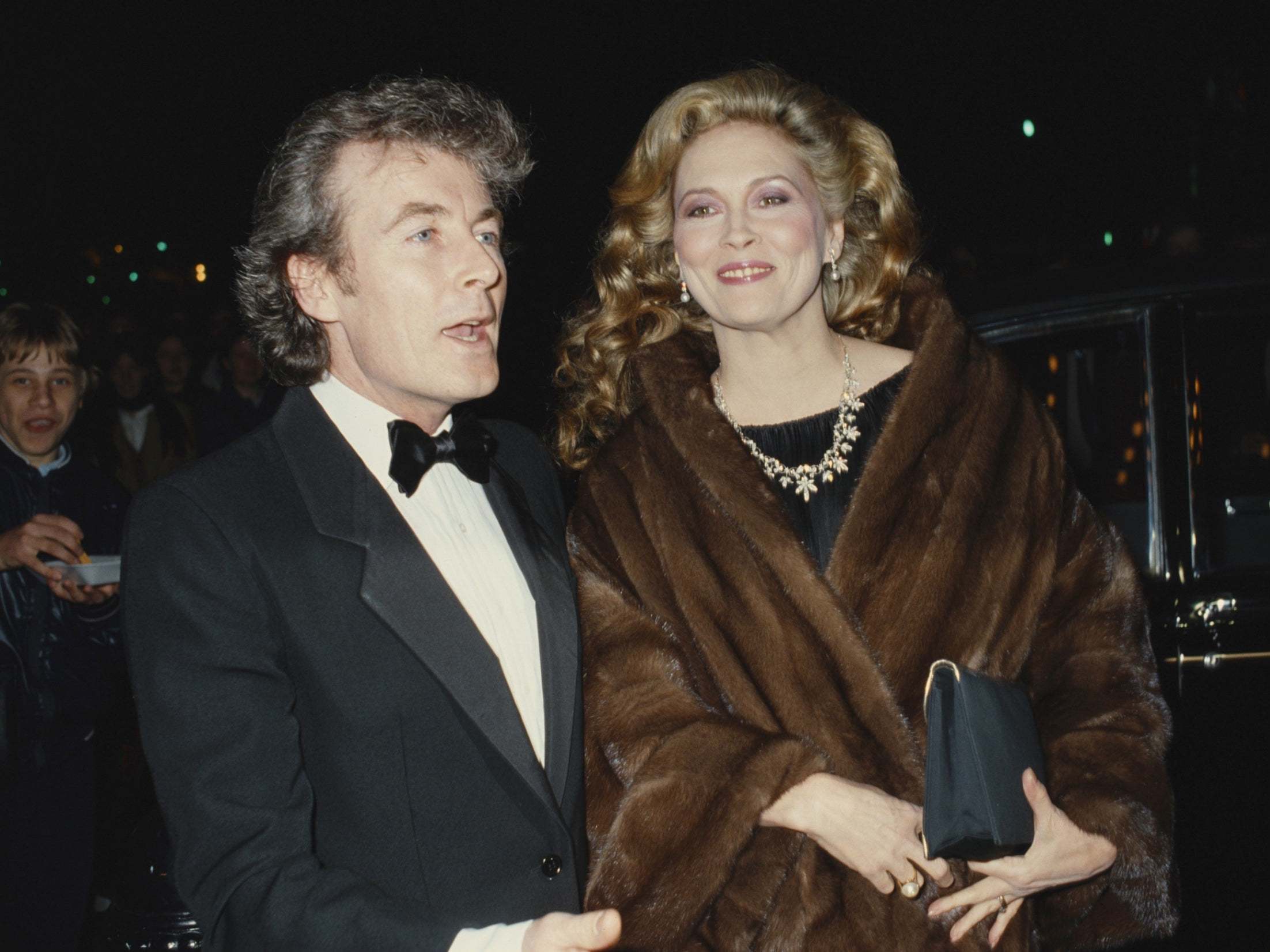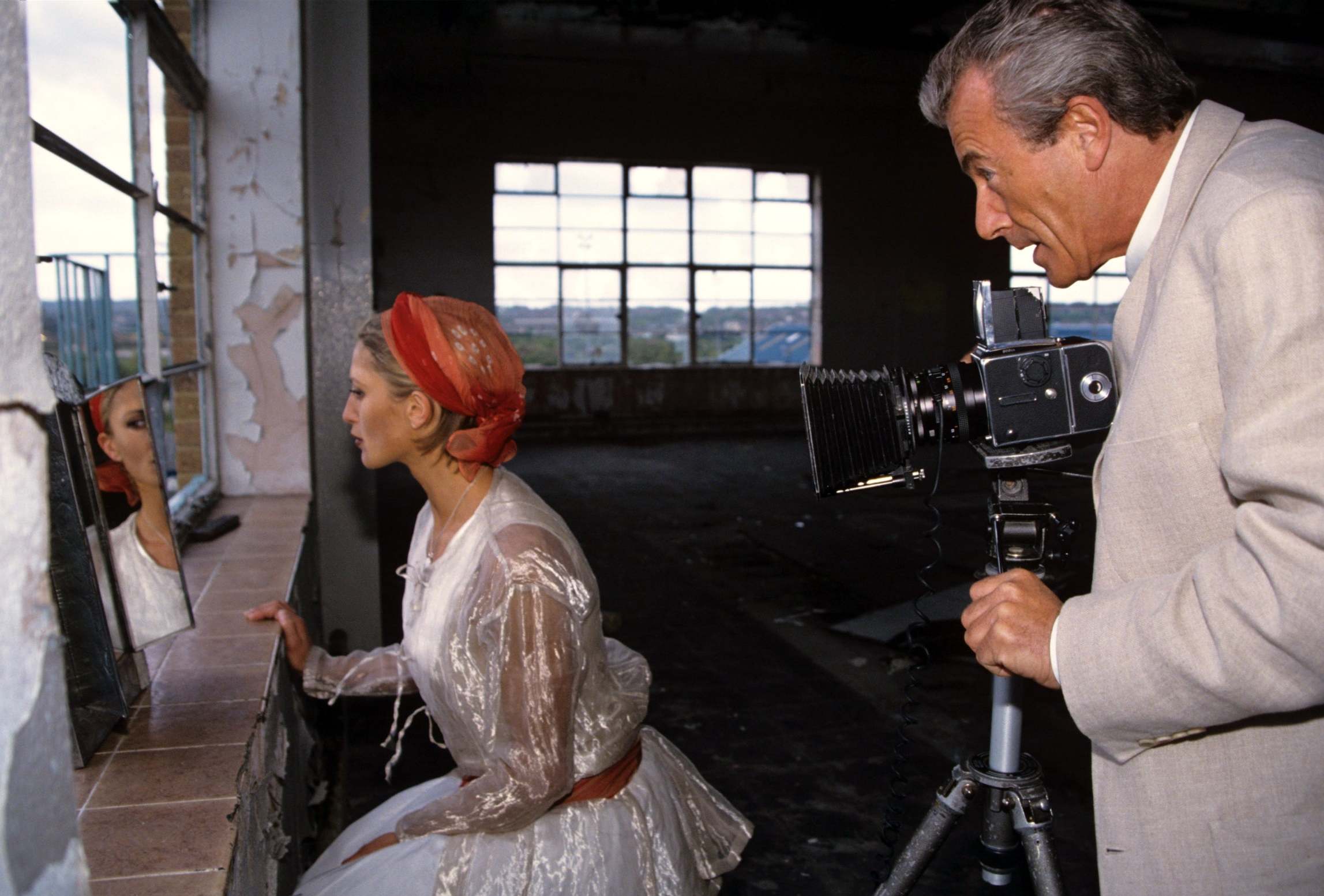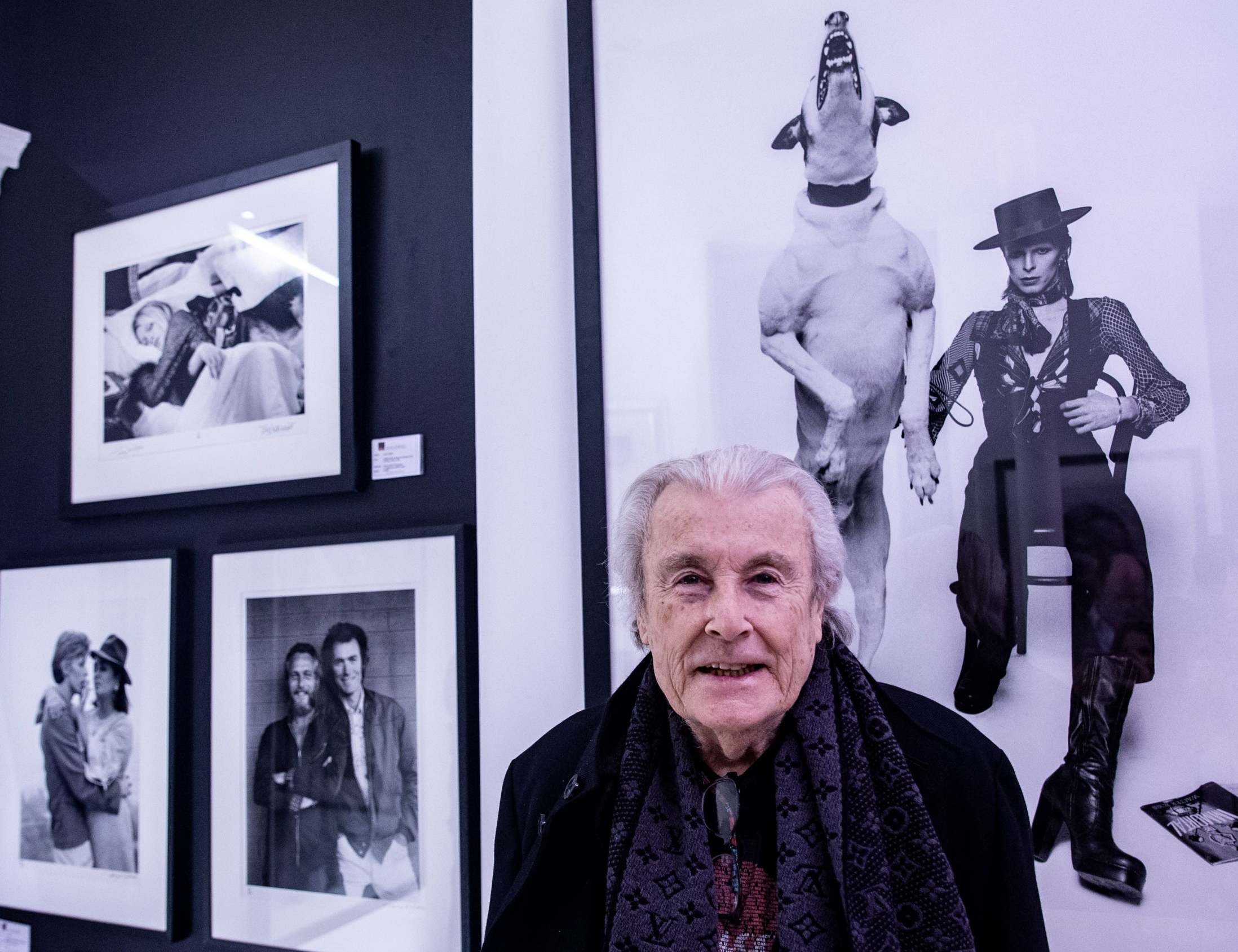Terry O’Neill: Photographer who captured Swinging London and beyond
From The Beatles to Mandela, O’Neill trained his lens on the world’s famous in a vibrant career spanning six decades

Your support helps us to tell the story
From reproductive rights to climate change to Big Tech, The Independent is on the ground when the story is developing. Whether it's investigating the financials of Elon Musk's pro-Trump PAC or producing our latest documentary, 'The A Word', which shines a light on the American women fighting for reproductive rights, we know how important it is to parse out the facts from the messaging.
At such a critical moment in US history, we need reporters on the ground. Your donation allows us to keep sending journalists to speak to both sides of the story.
The Independent is trusted by Americans across the entire political spectrum. And unlike many other quality news outlets, we choose not to lock Americans out of our reporting and analysis with paywalls. We believe quality journalism should be available to everyone, paid for by those who can afford it.
Your support makes all the difference.The morning after Faye Dunaway won the Best Actress Oscar for Network, she woke at 6am to meet photographer Terry O’Neill at the pool of the Beverly Hills Hotel.
They had hit it off a few days earlier, at a magazine photo shoot in March 1977, leading O’Neill to suggest his idea for a carefully staged sunrise photograph: a snapshot of Dunaway sitting alone in a pool chair, gazing at her award with a look that suggested the hollowness of success, or the years of hard work that had culminated in her first Oscar, or perhaps just the difficulty of facing a new day in Hollywood on three hours’ sleep.
His photo is now part of the National Portrait Gallery’s collection in London and has become one of Hollywood’s most famous Oscar images, with Dunaway dressed in a pale satin robe she had previously worn in Chinatown, seated in front of a breakfast tray amid a pile of scattered newspapers.
O’Neill and Dunaway married six years later and divorced three years after that, in what O’Neill described, with some regret, as a rare instance in which he developed a romantic relationship with one of his subjects, then found himself making headlines instead of simply photographing the people behind them.
The fact that he had developed a close bond with one of his subject at all, however, was far from unusual. In a half-century covering actors, musicians, monarchs and statesmen as one of Britain’s leading photographers, O’Neill struck up friendships with stars including David Bowie, Michael Caine, Eric Clapton, Mickey Rourke and Peter Sellers, whose wedding with Britt Ekland marked a low point of his career: O’Neill, who was photographing the event, had forgotten to load the film.
As both a chronicler and influencer of popular culture, O’Neill, who has died of cancer aged 81, helped to define the aesthetic of Swinging London, contributing photos to newspapers and magazines such as Vogue, Life, Rolling Stone and Paris Match.
He was 24 when his editor at the Daily Sketch tabloid enlisted him to photograph a “little band” recording their debut album at EMI’s studios on Abbey Road. O’Neill, a former jazz drummer, led The Beatles to a bricked-in area outside the studio and took what is sometimes described as the group’s first portrait and one of the earliest images of a pop band to appear on the cover of a national British publication.

After the paper’s Beatles issue sold out at newsstands, his editor asked him to “go and find the next group”. So he photographed The Rolling Stones, lining them up outside London’s Tin Pan Alley Club months before they cut their first album. His boss told him the musicians looked like “prehistoric monsters”, so he next photographed the clean-cut Dave Clark Five, leading both images to appear together alongside the headline “Beauty and the Beast”, according to O’Neill.
He went on to photograph Elton John, capturing the musician’s historic two-day concert series at Dodger Stadium in 1975, and David Bowie, chronicling his transformation from the glam alien Ziggy Stardust into the Thin White Duke. One 1974 portrait showed Bowie seated calmly next to an enormous leaping dog, startled by the flash into jumping skyward.
O’Neill also photographed Raquel Welch dressed in a fur bikini and tied to a cross; model Jean Shrimpton and actor Terence Stamp, cheek-to-cheek during their celebrated mid-Sixties romance; an ailing Winston Churchill carried atop a stretcher-like chair; and James Bond actors from Sean Connery to Daniel Craig.

Terence Patrick O’Neill was born in Romford, Essex, in 1938. Both parents were Irish immigrants, and his family later settled in Heston, west London, where he spent his early years in an air-raid shelter during the Blitz.
His father was a foreman in a Ford factory, and his mother was a homemaker who wanted him to become a Catholic priest. That dream ended after two years, when the 14-year-old O’Neill was told he had “too many questions and not enough belief”, and decided to focus instead on becoming a professional drummer.
To perform on both sides of the Atlantic, he applied for a steward’s job at the British Overseas Airways Corp (a precursor to British Airways), figuring that frequent travel to New York would boost his career. He was placed in the airline’s photography division and vowed he would work his way through the ranks and onto a plane, despite having little experience with a camera.
Drumming soon took a back seat to photography, and one day he snapped a picture of a well-dressed man sleeping on an airport bench. The man was Rab Butler, the home secretary: O’Neill’s image made the papers and launched his career on Fleet Street. He quit his newspaper job to become a freelancer in 1964, tired of being assigned to cover the aftermaths of tragedies.
O’Neill later photographed stars including Isabella Rossellini, Bob Hoskins, Sting, Woody Allen, Mia Farrow and Amy Winehouse, whom he met at a birthday party for fellow portrait subject Nelson Mandela. In 2011 he received the Royal Photographic Society’s Centenary Medal.

O’Neill acknowledged that chance played a role in many of his greatest pictures, and in recent years lamented that photographers were often granted minutes, rather than days, to spend time with their subjects. He accompanied Frank Sinatra for weeks during a 1968 film shoot in Miami Beach, Florida, resulting in a memorable image of Sinatra mid-stride on the boardwalk, joined by his stand-in and bodyguards.
His marriages to Vera Day and Faye Dunaway ended in divorce. He is survived by his wife Laraine Ashton and three children.
Terry O’Neill, photographer, born 30 July 1938, died 16 November 2019
© Washington Post
Join our commenting forum
Join thought-provoking conversations, follow other Independent readers and see their replies
Comments